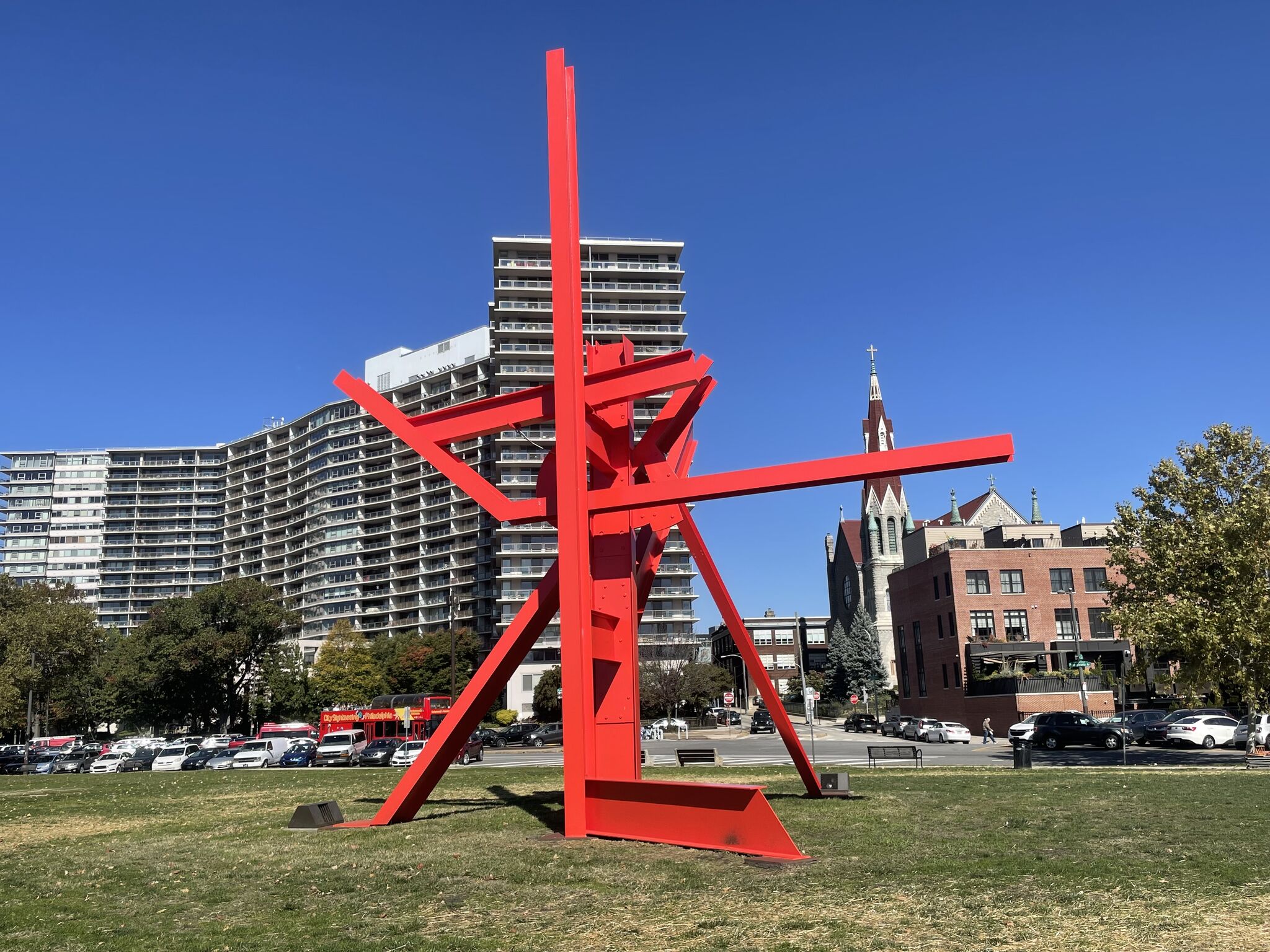In 1982, the Association for Public Art (formerly known as the Fairmount Park Art Association) launched a groundbreaking sculpture conservation program in Philadelphia. Today, this initiative stands as one of the longest continuously operating programs of its kind in the United States, dedicated to preserving the city’s rich public art heritage.
What began as a two-year pilot program, backed by the generous support of the Mabel Pew Myrin Trust, set out to conserve 16 historically significant artworks. The goal was clear: to safeguard Philadelphia’s artistic legacy while also embracing new directions in public art. Executive Director Penny Balkin Bach articulated this vision at the program’s inception, stating, “As we looked toward the future, we were equally concerned with the treasures of the past . . . From my point of view, the issues of care, maintenance, artistic intent, and environmental concerns are the business of all public art, no matter when the work is created.”
This commitment has since evolved into a comprehensive annual maintenance program, ensuring that over thirty public artworks receive the care they deserve each spring.

This year marks a significant milestone as the Association for Public Art (aPA) concludes two months filled with critical conservation projects across the city. One highlight was the restoration of Mark di Suvero’s iconic sculpture, Iroquois, which was temporarily removed from the bustling Benjamin Franklin Parkway for extensive repairs. Reinstalled in September 2022, just in time for aPA’s 150th anniversary, the revitalized sculpture is now ready to delight the public once more.

Originally acquired in 2007 with the generous support of the late David Pincus, Iroquois, a striking red-orange I-beam sculpture, had weathered the elements for 15 years, leaving it in dire need of restoration. The conservation team undertook a meticulous two-day process to disassemble, transport, and restore the sculpture at the Color Works facility in Delaware. Each piece was carefully stripped, cleaned, repainted, and inspected for any hardware issues.

Iroquois is more than just a sculpture; it’s a landmark, positioned prominently across from the Philadelphia Museum of Art and viewed by thousands daily. The restoration utilized a state-of-the-art coatings system featuring Series 1070 and Series 1076 Fluoronar. Known for its durability and weather resistance, this advanced coating technology—fortified with Lumiflon FEVE resin—ensures the sculpture will maintain its vibrancy for years to come. With low-VOC and anti-corrosive properties, this preservation approach not only enhances the sculpture’s appearance but also protects it against the harsh elements.
Photos courtesy of Tnemec and the Association for Public Art

Categories Case Studies